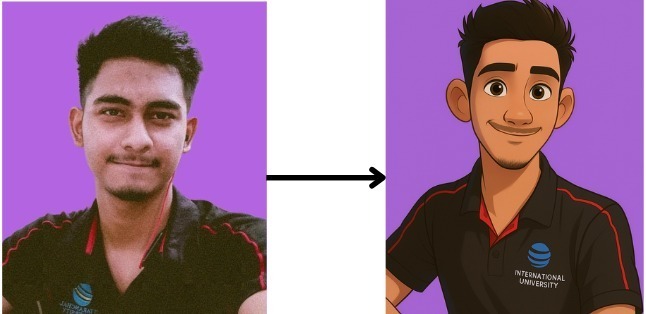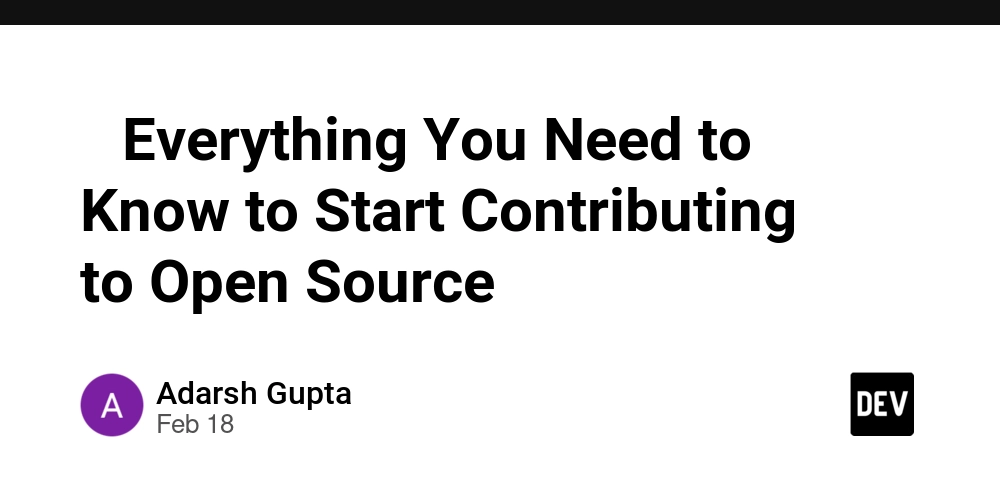Creative Work: ChatGPT-4 and the Future of Design
Introduction The advent of artificial intelligence has profoundly reshaped the landscape of creative industries, with ChatGPT-4 emerging as a pioneering force in AI-driven image generation. This sophisticated tool empowers designers, artists, and content creators to produce breathtaking visuals with remarkable efficiency, thereby unlocking a plethora of new possibilities as well as challenges within the sector. As the capabilities of AI continue to advance, creative professionals find it imperative to adapt their skill sets, embrace lifelong learning, and redefine their roles to maintain relevance in an increasingly automated environment. The Main Features of ChatGPT-4 ChatGPT-4 brings several groundbreaking advancements to image generation, making it an indispensable tool for creatives. Some of its core features include: Diverse Style Adaptation: Users can generate images in various artistic styles, from photorealism to abstract art. Enhanced Instruction-Following: The AI can interpret complex prompts and generate images with remarkable accuracy. Context Learning: It remembers previous inputs to refine output quality, making iterative design more efficient. High-Resolution Outputs: The AI produces sharp, detailed visuals suitable for professional use. Seamless Integration with Design Software: Many AI tools, including ChatGPT-4, are compatible with existing graphic design programs, streamlining workflows. These features allow designers to prototype concepts quickly, saving time and effort that would otherwise be spent on manual creation. The Rise of 'Vibe Marketing' in Graphic Design A new design trend, known as Vibe Marketing, has emerged alongside AI advancements. This concept involves leveraging AI-generated visuals and branding elements to convey emotions and cultural relevance efficiently. With AI’s ability to analyze and generate contextually rich imagery, brands can connect with audiences more effectively than ever before. How Creative Professionals Can Adapt to AI Advancements While AI offers incredible opportunities, it also poses challenges. Creative professionals must develop new strategies to integrate AI effectively: Use AI as an Assistant, Not a Replacement: AI can generate initial drafts, but designers should refine and enhance outputs to maintain originality. Master Prompt Engineering: Knowing how to craft precise prompts ensures high-quality AI-generated results. Focus on Conceptual Thinking: AI can create visuals, but it lacks human creativity and intuition. Designers who can conceptualize ideas and provide strong narratives will remain indispensable. Expand Skill Sets: Learning complementary skills such as UX/UI design, animation, or coding can make creatives more versatile in a changing industry. Embrace Continuous Learning: Staying updated with AI developments ensures designers remain competitive in the job market. Limitations of ChatGPT-4 in Image Generation Despite its impressive capabilities, ChatGPT-4 has certain limitations: 1.Lack of True Creativity: AI generates images based on patterns and data but cannot conceptualize new ideas like a human can. 2.Inconsistencies in Outputs: AI-generated images sometimes have flaws or require manual touch-ups. 3.Ethical Concerns: The rise of AI-generated content raises questions about originality, copyright, and fair compensation for artists. 4.Dependence on User Input: Poorly crafted prompts can lead to subpar results, making human expertise crucial. The Future of AI and Creative Jobs AI is undoubtedly changing the creative landscape, but rather than replacing human designers, it is enhancing their capabilities. The key to thriving in this evolving industry lies in adaptability, collaboration, and a willingness to embrace AI as a tool rather than a threat. Developers and creatives must work together to shape the future of AI-assisted design, ensuring ethical use while leveraging AI’s strengths. The most successful professionals will be those who blend technical expertise with human intuition, judgment, and storytelling ability. Conclusion ChatGPT-4 and similar AI advancements are transforming the creative world, offering unprecedented opportunities for designers and marketers. However, success in this new era requires a shift in mindset—embracing AI as an asset while developing skills that machines cannot replicate. By staying informed, continuously learning, and refining their craft, creative professionals can thrive in the age of AI-driven design.

Introduction
The advent of artificial intelligence has profoundly reshaped the landscape of creative industries, with ChatGPT-4 emerging as a pioneering force in AI-driven image generation. This sophisticated tool empowers designers, artists, and content creators to produce breathtaking visuals with remarkable efficiency, thereby unlocking a plethora of new possibilities as well as challenges within the sector. As the capabilities of AI continue to advance, creative professionals find it imperative to adapt their skill sets, embrace lifelong learning, and redefine their roles to maintain relevance in an increasingly automated environment.
The Main Features of ChatGPT-4
ChatGPT-4 brings several groundbreaking advancements to image generation, making it an indispensable tool for creatives. Some of its core features include:
- Diverse Style Adaptation: Users can generate images in various artistic styles, from photorealism to abstract art.
- Enhanced Instruction-Following: The AI can interpret complex prompts and generate images with remarkable accuracy.
- Context Learning: It remembers previous inputs to refine output quality, making iterative design more efficient.
- High-Resolution Outputs: The AI produces sharp, detailed visuals suitable for professional use.
- Seamless Integration with Design Software: Many AI tools, including ChatGPT-4, are compatible with existing graphic design programs, streamlining workflows.
These features allow designers to prototype concepts quickly, saving time and effort that would otherwise be spent on manual creation.
The Rise of 'Vibe Marketing' in Graphic Design
A new design trend, known as Vibe Marketing, has emerged alongside AI advancements. This concept involves leveraging AI-generated visuals and branding elements to convey emotions and cultural relevance efficiently. With AI’s ability to analyze and generate contextually rich imagery, brands can connect with audiences more effectively than ever before.
How Creative Professionals Can Adapt to AI Advancements
While AI offers incredible opportunities, it also poses challenges. Creative professionals must develop new strategies to integrate AI effectively:
- Use AI as an Assistant, Not a Replacement: AI can generate initial drafts, but designers should refine and enhance outputs to maintain originality.
- Master Prompt Engineering: Knowing how to craft precise prompts ensures high-quality AI-generated results.
- Focus on Conceptual Thinking: AI can create visuals, but it lacks human creativity and intuition. Designers who can conceptualize ideas and provide strong narratives will remain indispensable.
- Expand Skill Sets: Learning complementary skills such as UX/UI design, animation, or coding can make creatives more versatile in a changing industry. Embrace Continuous Learning: Staying updated with AI developments ensures designers remain competitive in the job market.
Limitations of ChatGPT-4 in Image Generation
Despite its impressive capabilities, ChatGPT-4 has certain limitations:
1.Lack of True Creativity: AI generates images based on patterns and data but cannot conceptualize new ideas like a human can.
2.Inconsistencies in Outputs: AI-generated images sometimes have flaws or require manual touch-ups.
3.Ethical Concerns: The rise of AI-generated content raises questions about originality, copyright, and fair compensation for artists.
4.Dependence on User Input: Poorly crafted prompts can lead to subpar results, making human expertise crucial.
The Future of AI and Creative Jobs
AI is undoubtedly changing the creative landscape, but rather than replacing human designers, it is enhancing their capabilities. The key to thriving in this evolving industry lies in adaptability, collaboration, and a willingness to embrace AI as a tool rather than a threat.
Developers and creatives must work together to shape the future of AI-assisted design, ensuring ethical use while leveraging AI’s strengths. The most successful professionals will be those who blend technical expertise with human intuition, judgment, and storytelling ability.
Conclusion
ChatGPT-4 and similar AI advancements are transforming the creative world, offering unprecedented opportunities for designers and marketers. However, success in this new era requires a shift in mindset—embracing AI as an asset while developing skills that machines cannot replicate. By staying informed, continuously learning, and refining their craft, creative professionals can thrive in the age of AI-driven design.









































































































































































![[The AI Show Episode 142]: ChatGPT’s New Image Generator, Studio Ghibli Craze and Backlash, Gemini 2.5, OpenAI Academy, 4o Updates, Vibe Marketing & xAI Acquires X](https://www.marketingaiinstitute.com/hubfs/ep%20142%20cover.png)


























































































































![[FREE EBOOKS] The Kubernetes Bible, The Ultimate Linux Shell Scripting Guide & Four More Best Selling Titles](https://www.javacodegeeks.com/wp-content/uploads/2012/12/jcg-logo.jpg)



![From drop-out to software architect with Jason Lengstorf [Podcast #167]](https://cdn.hashnode.com/res/hashnode/image/upload/v1743796461357/f3d19cd7-e6f5-4d7c-8bfc-eb974bc8da68.png?#)







































































































.png?#)




.jpg?#)


















 (1).webp?#)













_Christophe_Coat_Alamy.jpg?#)







































































































![Rapidus in Talks With Apple as It Accelerates Toward 2nm Chip Production [Report]](https://www.iclarified.com/images/news/96937/96937/96937-640.jpg)









































































































































